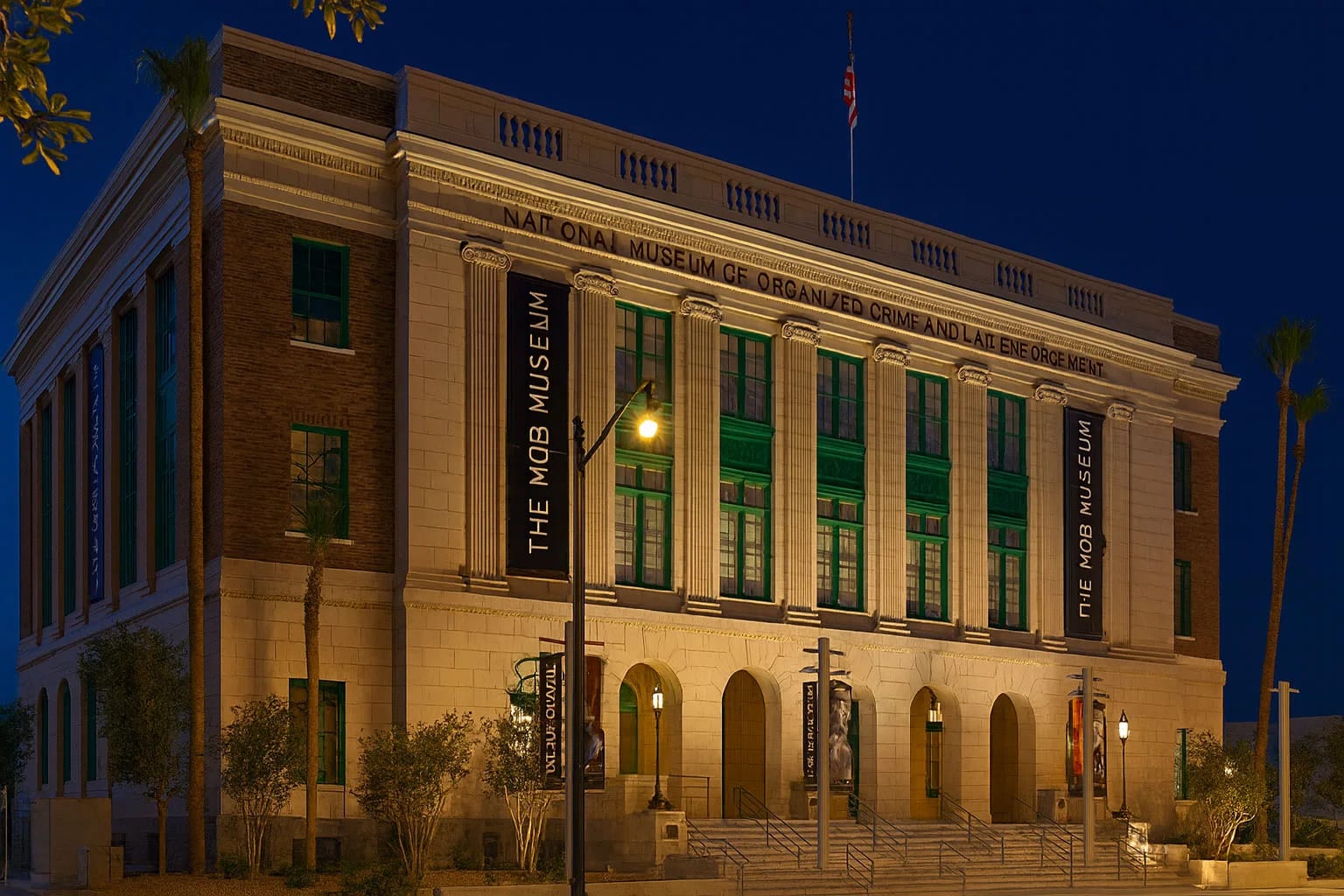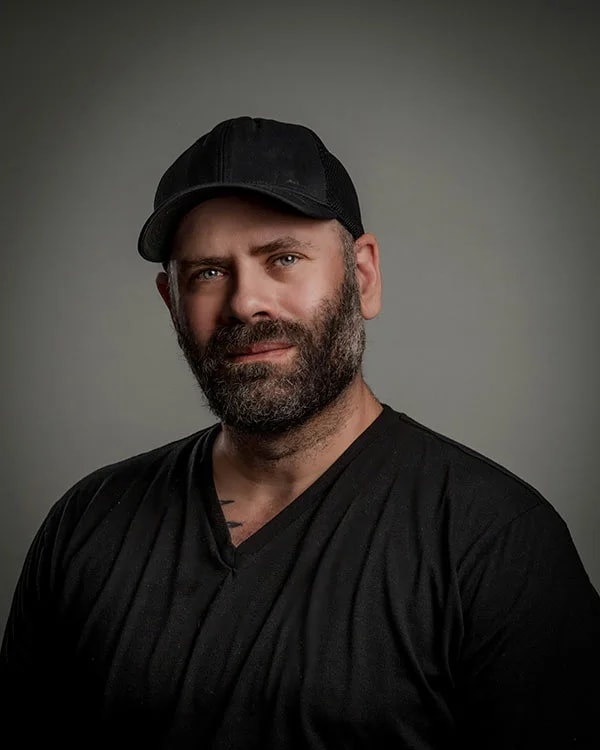The Mob Museum—officially the National Museum of Organized Crime and Law Enforcement—occupies the historic former federal courthouse and United States Post Office building in downtown Las Vegas. This imposing neoclassical structure witnessed some of the most significant moments in the battle against organized crime, most notably hosting the 1950-51 Kefauver Committee hearings that exposed mob control of Las Vegas casinos.
But according to numerous visitors, museum staff, and Ghost City Tours guests, the building houses more than just historical exhibits. The spirits of mobsters, lawmen, and those caught in the crossfire between them seem to linger in the halls where their fates were decided. Shadow figures dressed in 1950s attire, phantom footsteps on marble floors, and the overwhelming sensation of being watched suggest that the museum's most compelling exhibits aren't always on display.
The History of Mob Rule in Las Vegas
The building that now houses the Mob Museum was completed in 1933 to serve as Las Vegas's federal courthouse and post office. For decades, it stood as a symbol of law and order in a city increasingly controlled by organized crime.
In 1950-51, the building hosted the Special Committee to Investigate Crime in Interstate Commerce, better known as the Kefauver Committee hearings. Led by Senator Estes Kefauver, these televised hearings exposed the mob's stranglehold on Las Vegas casinos and brought national attention to organized crime's infiltration of legitimate business.
The courthouse witnessed countless trials of mobsters, racketeers, and corrupt officials. Some of the most notorious figures in organized crime history stood before judges in this building, their fates hanging in the balance. The intensity of these proceedings—the fear, anger, and desperation of accused criminals facing life in prison or worse—seems to have left a permanent imprint on the building.
When the courthouse closed in 2000, the building sat empty for years before being transformed into the Mob Museum, which opened in 2012. The museum preserves the second-floor courtroom where the Kefauver hearings took place, maintaining it exactly as it appeared in 1950.
Las Vegas's Violent Mob Era
The museum's exhibits detail the brutal reality of mob control in Las Vegas. From the 1940s through the 1980s, organized crime figures like Bugsy Siegel, Meyer Lansky, and Tony Spilotro controlled the city's most profitable casinos, skimming millions and eliminating anyone who threatened their operations.
The violence was extreme. Bodies turned up in the desert, dumped in shallow graves or fed to the wildlife. Rivals were tortured, informants were silenced, and even powerful mob bosses weren't safe from betrayal. The museum displays artifacts from this era—bullet-riddled cars, weapons used in mob hits, personal effects of murdered gangsters—each item carrying the spiritual residue of violence and sudden death.
The Spirits of the Mob Museum
Staff members and visitors report numerous paranormal experiences throughout the museum. The most common phenomena include phantom footsteps, shadow figures, unexplained cold spots, and the sensation of being watched or followed.
Ghostly Figures in 1950s Attire
Multiple witnesses have reported seeing well-dressed figures in 1950s-style suits and fedoras walking through the museum after hours. These apparitions are most commonly seen near the restored Kefauver hearing room and in the corridors where mob bosses once waited to testify.
A museum security guard reported seeing a man in a dark suit and hat standing in the hearing room late one night. When the guard called out, asking the visitor to leave as the museum was closed, the figure simply faded away. The guard was certain he had locked all the doors and that no one else was in the building.
Phantom Footsteps and Voices
The most frequently reported phenomena are footsteps—heavy, purposeful footsteps on the marble floors when no one is there. Staff members working alone after closing have heard what sounds like a group of people walking through the upper floors, their footsteps and muffled conversations echoing through empty corridors.
Some visitors report hearing angry voices coming from the courtroom, as if a heated argument is taking place inside. When they enter to investigate, the room is empty and silent.
The Haunted Artifact Exhibits
Certain exhibits seem to generate more paranormal activity than others, particularly those containing personal items from murdered mobsters or weapons used in famous mob hits. Visitors report feeling suddenly ill or overcome with anxiety near these displays.
The St. Valentine's Day Massacre wall—actual bricks from the Chicago garage where seven men were gunned down in 1929—is a particular hotspot. Multiple guests have reported feeling intense cold near this exhibit and experiencing overwhelming feelings of fear and violence.
Visit the Mob Museum
The Mob Museum is open to the public daily and offers a fascinating look at the history of organized crime and law enforcement in America. The museum features interactive exhibits, authentic artifacts, and the preserved Kefauver hearing room.
Our Ghosts of Las Vegas Tour shares the haunting stories and paranormal experiences reported at the Mob Museum, along with the violent history of mob control in downtown Las Vegas.
Join our Ghosts of Las Vegas Tour to learn about the mobster spirits that still haunt this historic building and discover why their violent past refuses to stay buried.

